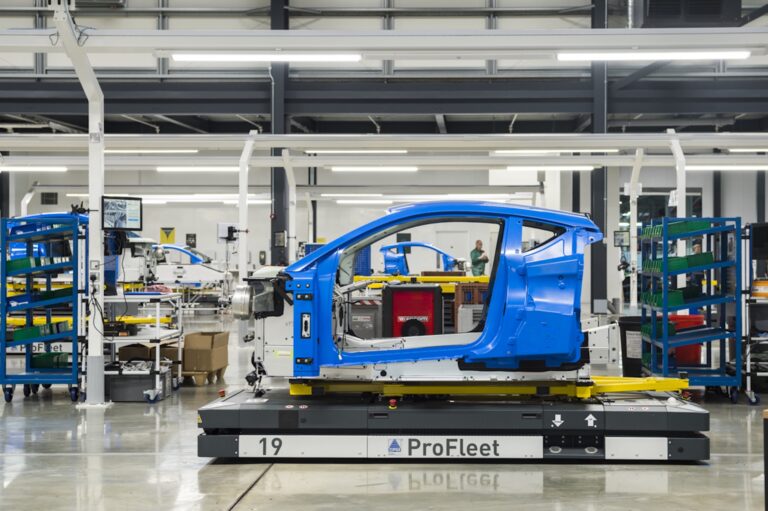Lotus Explores New Revenue Stream with Polestar Electric Roadsters
In a bid to boost its financial standing, Lotus is considering manufacturing electric roadsters for its sibling brand, Polestar. Matt Windle, the newly appointed CEO of Lotus, revealed this plan in an interview with Autocar, suggesting that the company’s Hethel factory in the U.K. could produce non-Lotus vehicles. With an annual capacity of 10,000 cars, this facility presents a significant opportunity for expansion.
The proposed vehicle in question is the upcoming Polestar 6 convertible, a two-door, four-seat electric vehicle. Given that both Lotus and Polestar are part of the Geely conglomerate, Windle believes that producing the Polestar 6 at Hethel could be a viable option. “I think we could build it,” Windle told Autocar. Interestingly, if assembled by Lotus, the Polestar 6 would spiritually align more closely with Lotus’ heritage than some of its recent models, such as the Eletre SUV and Emeya sedan.

This move is part of Lotus’ broader strategy to explore alternative revenue streams amid challenging times. The company has recently announced 270 job cuts and halted shipments of certain models to the U.S. market. However, producing vehicles for other brands is not new to Lotus; the company has previously worked on projects such as the Vauxhall VX220 and the original Tesla Roadster, both of which were based on the Lotus Elise.
The Polestar 6, if it moves forward, is expected to be a significant model. It will reportedly feature an 800-volt architecture, producing 884 horsepower and 664 lb-ft of torque. Initially slated for 2026, the project was delayed in January in favor of the Polestar 7 SUV. Polestar has already showcased a track-focused version called the Concept BST at the Goodwood Festival of Speed.

While the production timeline remains uncertain, the potential collaboration between Lotus and Polestar represents an intriguing development in the electric vehicle sector. As the automotive industry continues to evolve, such partnerships may become increasingly common as manufacturers seek to optimize their production capabilities and reduce costs.



